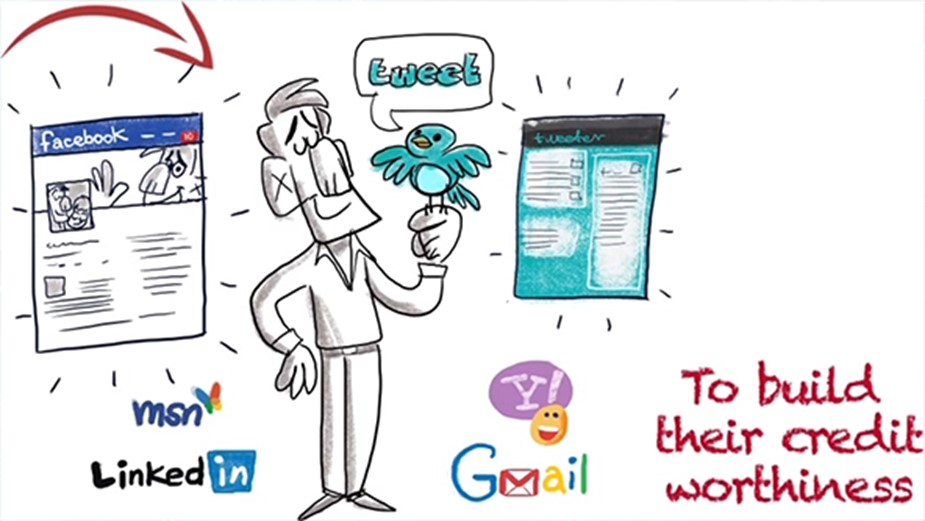Search
Lenders are Now Factoring in Social Media Presence for Credit Rating
December 18, 2017
Whenever a bank grants a loan to a borrower, there is a certain level of risk involved. This is the reason why we have so many top credit agencies that offer credit ratings of the loan applications to the lenders for better judgement.

As of late, several leading banks in India have paid dearly for their poor decisions regarding credit disbursement as the non-performing assets have managed to disrupt their business operations and pull them in the red.
Although the finance ministry came to their rescue and announced a recapitalization of Rs. 2.11 lakh crores, the problem of loan defaults still exists.
Credit Rating and Social Media
Banks want the most accurate credit rating of their customers so that the financial risks are the lowest on their end. This is where factoring in the social media activities came to the rescue.
Banks are now analyzing the social media profiles and related activities, SMSs and payment data available on the mobile phones of the loan applicants, etc. to get a better idea of their creditworthiness.
Kotak Mahindra, Axis Bank, HDFC Bank, and even the country’s largest lender SBI have started focusing on the social media behavior of their customers for not just loan-related risk assessment but also to customize their sales pitches.
In fact, Kotak Mahindra Bank joint managing director Dipak Gupta went as far as to say that credit rating agencies are “increasingly becoming irrelevant”.
The Process of Learning About Customer Behaviour
Most of the leading banks in the country have developed their mobile phone apps for their customers to download. However, when a customer installs these apps, they give the permission to the bank to read their SMSs and/or social media posts, GPS data, etc. This way, the bank is able to collect this insightful data and run it through an analytics software that’s able to provide a detailed review of the customer’s creditworthiness.
Through the GPS function of a customer’s mobile phone, a bank can also verify the location of their residence as well as the workplace, etc.
It’s clear that banks are now using the non-traditional factors to learn about their customers and bring down the amount of NPAs with them. However, the trend is still new and fresh, and the actual benefits/drawbacks can only be analyzed down the road.



